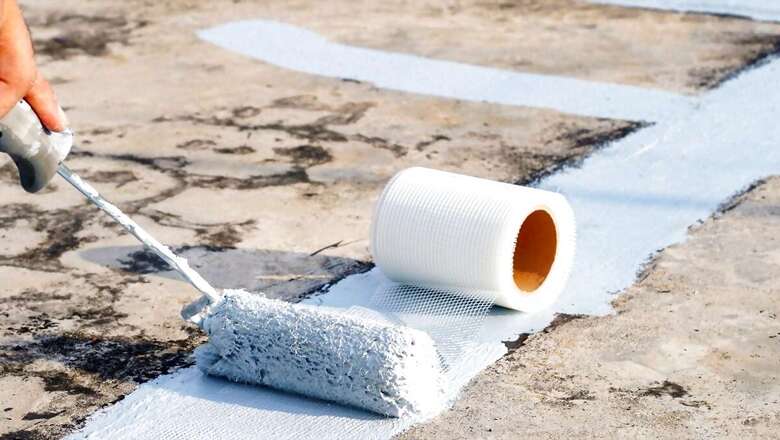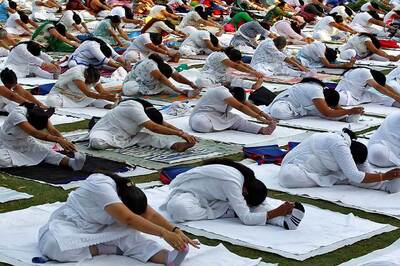
views
As the monsoon season approaches, it is crucial to take proactive measures to protect your home from potential damage. Water seepage during heavy rains can significantly impact the structural integrity of your home, causing tiles to loosen or crack. This not only affects the aesthetic appeal of your living spaces but also poses significant safety risks and results in inconvenient and costly repairs.
Hemant Khurana, Managing Director, Mortars and Homes Business, Saint-Gobain India, emphasizes the importance of proper waterproofing before the monsoon. He states, “Proper waterproofing before the monsoon is essential to prevent these issues. Additionally, using tile adhesive instead of cement for fixing tiles can make a substantial difference. Unlike rigid cement, tile adhesives offer flexibility and other properties that help them withstand environmental changes, ensuring your tiles stay securely in place. Weber’s superior range of tile adhesives and waterproofing solutions provides the best protection, keeping your home safe and beautiful throughout the monsoon.”
Waterproofing is a critical first step in monsoon-proofing your home. High-quality waterproofing solutions like those from Weber can help prevent water from seeping into your walls and floors, thereby maintaining the integrity of your tiles and the overall structure of your home. Ensuring that your home is adequately sealed and protected can save you from the hassle and expense of repairs in the long run.
Anusuri Jaishnavi, Creative Lead, Vinciago by Livspace, offers additional insights into monsoon-proofing your home’s tiles. She explains, “Monsoon-proofing your home’s tiles is a blend of preparation and vigilant maintenance. Start by sealing grout and applying a waterproof sealant to create a barrier against moisture. Regular cleaning helps prevent mold while using slip-resistant tiles and ensuring proper drainage mitigates risks. Keep an eye on humidity levels and promptly repair any cracks. Adding rugs or mats in high-traffic areas provides additional protection. Professional inspections can help maintain tile integrity and prevent water damage. These steps are crucial for keeping your home safe and beautiful during the rainy season.”
Sealing grout lines and applying a waterproof sealant are essential steps to create a barrier against moisture. This helps to keep water from penetrating the surface and causing damage to the underlying structure. Regular cleaning and maintenance are also important to prevent mold growth, which can thrive in damp conditions common during the monsoon.
Using slip-resistant tiles and ensuring proper drainage are practical measures to mitigate risks associated with wet and slippery surfaces. By keeping an eye on humidity levels and promptly repairing any cracks, you can prevent minor issues from escalating into major problems. Additionally, placing rugs or mats in high-traffic areas provides extra protection against wear and tear.
Khurana also highlights the benefits of using tile adhesive over traditional cement for fixing tiles. “Unlike rigid cement, tile adhesives offer flexibility and other properties that help them withstand environmental changes, ensuring your tiles stay securely in place,” he says. This flexibility is particularly beneficial during the monsoon when temperature and humidity fluctuations can cause tiles to expand and contract.
In conclusion, monsoon-proofing your home requires a combination of proper waterproofing, using the right materials, and ongoing maintenance. By following these expert tips, you can protect your home from the challenges of the rainy season, ensuring it remains safe, beautiful, and structurally sound. Taking these proactive steps will help you enjoy the monsoon season without worrying about potential damage to your home.















Comments
0 comment